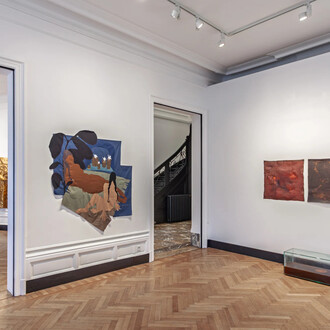Besides numerous items donated privately, the ‘Prehistory’ collection includes objects that the successive curators of the Department of National Archaeology regularly added from excavations. At the beginning of the twentieth century, indeed, this department laid the basis of the National Excavations Office.
The ‘National Prehistory’ collection is regarded as one of the most extensive in Belgium. It throws light on all periods from the time of the first human settlements nearly half a million years ago to Celtic times. It is a permanent collection and includes a rich assembly of prints and scale models, which provide a schematic survey of Prehistoric times in this region of Europe.
There is also the Siret Collection, named after the two Belgian engineer brothers who, between 1880 and 1887, carried out a large number of excavations in South-eastern Spain. The collection not only contains very high quality objects, but is also the most important documentary source for the first metalworking industry in Europe. From the fourth millennium B.C., Mediterranean Spain was an area of innovation and intense activity, with ores being found in abundance in particularly the east of Andalusia and the region of Murcia. The exploitation of those ores brought very important social, cultural and economic development in its wake.
















